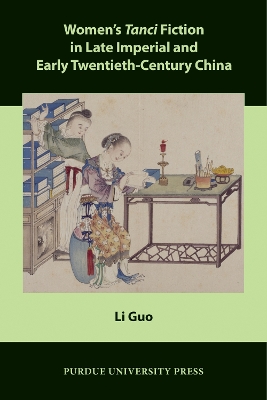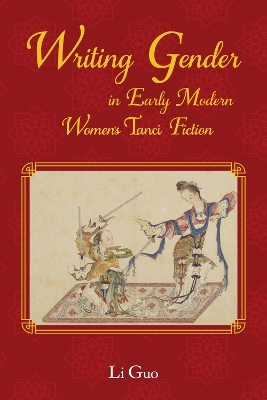Comparative Cultural Studies
2 total works
Women's Tanci Fiction in Late Imperial and Early Twentieth-Century China
by Li Guo
Through her discussion of the emergence, evolution, and impact of women's tanci, Guo shows how historical forces acting on the formation of the genre serve as the background for an investigation of cross-dressing, self-portraiture, and authorial self-representation. Further, Guo approaches anew the concept of "woman-oriented perspective" and argues that this perspective conceptualizes a narrative framework in which the heroine(s) are endowed with mobility to exercise their talent and power as social beings as men's equals. Such a woman-oriented perspective redefines normalized gender roles with an eye to exposing women's potentialities to transform historical and social customs in order to engender a world with better prospects for women.
Women tanci authors' redefinition of female exemplarity within the Confucian orthodox discourses of virtue, talent, chastity, and political integrity could be bourgeoning expressions of female exceptionalism and could have foreshadowed protofeminist ideals of heroism. They establish a realistic tenor in affirming feminine domestic authority, and open up spaces for discussions of ""womanly becoming,"" female exceptionalism, and shifting family power structures. The vernacular mode underlying these texts yields productive possibilities of gendered self-representations, bodily valences, and dynamic performances of sexual roles. The result is a vernacular discursive frame that enables women's appropriation and refashioning of orthodox moral values as means of self-affirmation and self-realization.
Validations of women's political activism and loyalism to the nation attest to tanci as a premium vehicle for disseminating progressive social incentives to popular audiences. Women's tanci marks early modern writers' endeavors to carve out a space of feminine becoming, a discursive arena of feminine appropriation, reinvention, and boundary-crossings. In this light, women's tanci portrays gendered mobility through depictions of a heroine's voyages or social ascent, and entails a forward-moving historical progression toward a more autonomous and vested model of feminine subjectivity.

